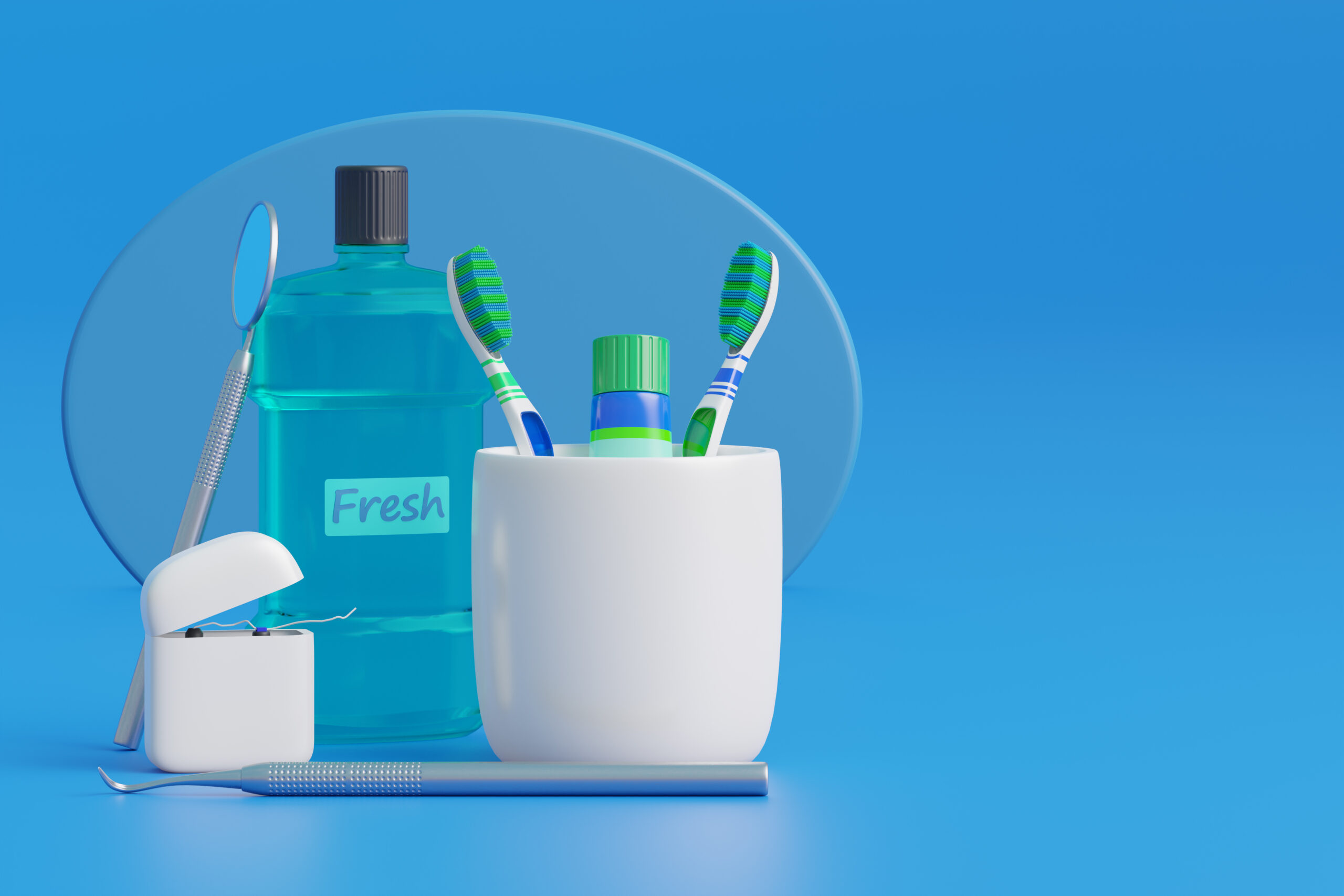Keeping a dental bridge clean plays a key role in maintaining oral health. Brushing gently with a soft-bristled toothbrush and carefully cleaning between teeth with unwaxed floss or floss threaders helps remove trapped food and plaque. Rinsing after meals and using an antiseptic mouthwash can further reduce bacteria.
Brushing and flossing every day, covering all bridge surfaces, and attending regular dental visits support long-term oral health. Working with an affordable dental clinic ensures that you receive guidance on proper cleaning techniques and follow-up care to maintain a lasting, healthy smile.
Importance of Dental Bridge Cleaning
Proper cleaning of dental bridges prevents oral health issues such as cavities and gum inflammation. Failing to clean the bridge thoroughly allows plaque and bacteria to accumulate, which can damage both the bridge and surrounding teeth.
A consistent cleaning routine helps protect the gums, maintain fresh breath, and extend the life of the bridge. Caring for your dental bridge also preserves the health of your natural teeth, reducing the need for future dental work.
Necessary Tools for Cleaning
Maintaining a dental bridge requires a few key tools. A soft-bristled toothbrush effectively removes plaque without damaging the bridge or surrounding teeth. Floss threaders or unwaxed dental floss allow cleaning between teeth and under the bridge, reaching areas a toothbrush cannot.
Antiseptic mouthwash helps control bacteria in hard-to-reach areas, supporting overall oral hygiene. Having these tools readily available ensures consistent care and protects the bridge from early wear or damage.
Step-by-Step Cleaning Process
Start by rinsing your mouth to remove loose food particles. Using a soft-bristled toothbrush, gently brush the dental bridge and surrounding teeth in circular motions, covering both the outer and inner surfaces of the teeth. Next, use floss threaders or superfloss to clean beneath the bridge and between teeth where debris may accumulate.
Rinse your mouth again to clear any remaining particles, then follow up with an antimicrobial mouthwash for extra protection. Repeat this routine at least twice daily to maintain the health of your bridge and surrounding teeth.
Tips for Effective Cleaning
Brushing gently with a soft-bristled toothbrush prevents damage to the bridge while removing plaque and debris. Flossing every day reaches areas under and around the bridge that a toothbrush cannot, keeping gums healthy and free from bacteria buildup.
Using an antimicrobial mouth rinse can further reduce the risk of infection or gum irritation. Consistency in these practices supports a healthy, bright smile and the longevity of the dental bridge.
Frequency of Cleaning
Cleaning your dental bridge twice a day is crucial for preventing plaque accumulation and maintaining good oral health. Brushing in the morning and before bed with gentle circular motions ensures all surfaces of the bridge are thoroughly cleaned. Flossing removes food particles from tight spaces around the bridge and reduces bacterial growth.
Incorporating a mouth rinse into your routine provides additional protection. Maintaining this schedule helps preserve the dental bridge while preventing gum disease and other complications.
Maintaining a Healthy Smile
A clean dental bridge contributes to overall oral health and a confident smile. Regular brushing with fluoride toothpaste removes plaque from the bridge, surrounding teeth, and gums. Daily flossing clears debris from areas that brushing alone cannot reach, reducing the risk of gum disease.
Routine dental check-ups allow professionals to monitor the bridge, address any issues early, and maintain overall oral health. Following these practices ensures a long-lasting, healthy dental bridge and keeps your smile in excellent condition.
Related Topics:






